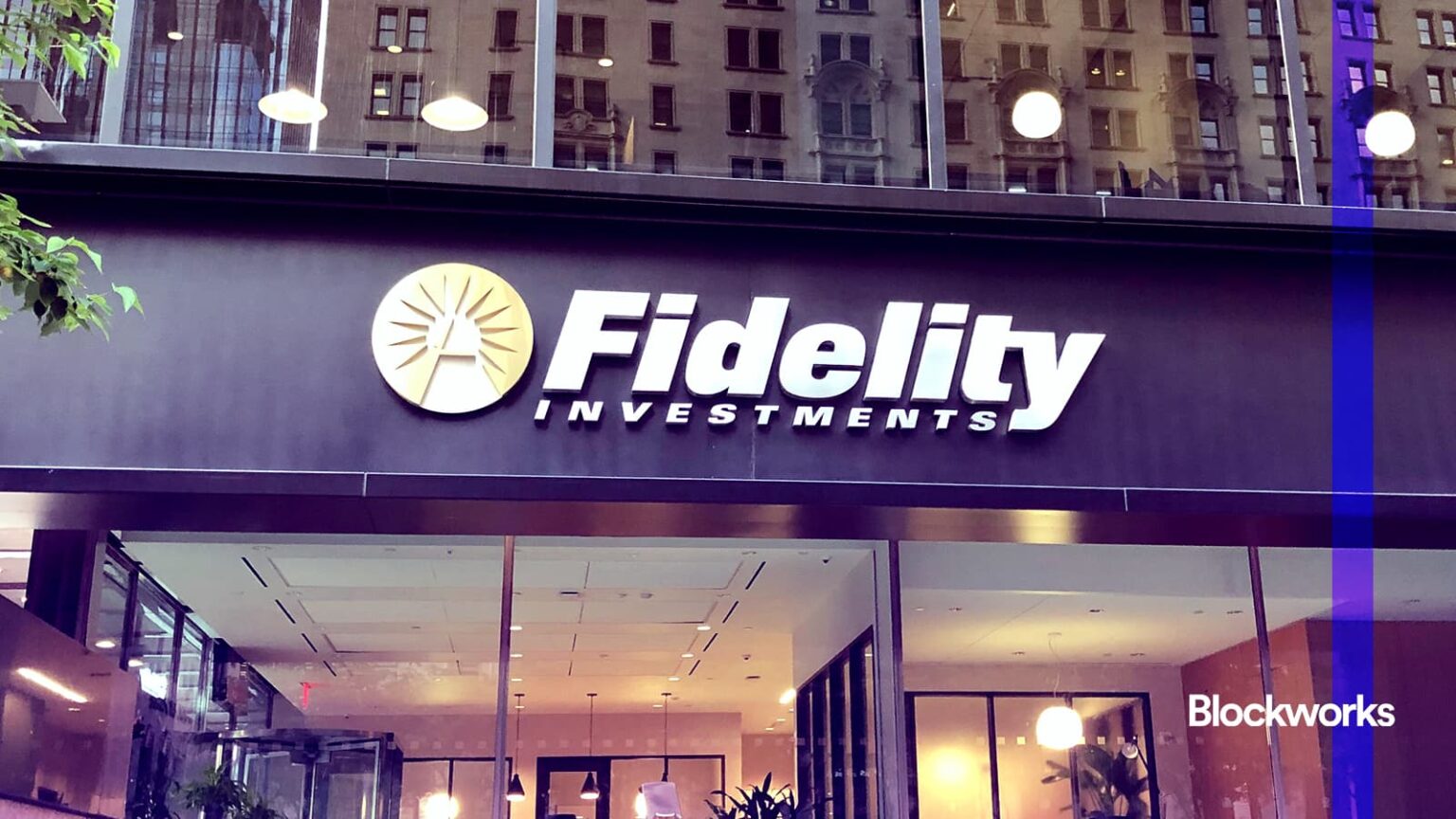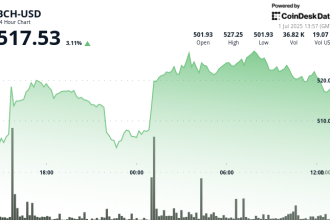This is a segment from the 0xResearch newsletter. To read full editions, subscribe.
Historic Stablecoin Flood: Fidelity, USD1 in Regulatory Wake
Fidelity Investments is embarking on a new digital asset frontier: its planned launch of a stablecoin. The reported launch, via its digital assets arm, signals the latest high-profile entry into the rapidly expanding market segment.
Parallel to Fidelity’s development, the controversy-plagued World Liberty Financial (WLF) announced its own USD1 stablecoin just yesterday. Aiming to capture market share, USD1 is engineered as a US dollar-backed, centralized asset, custodied by BitGo, targeting both institutional (“institutional-ready”) and retail users across Ethereum and BNB Chain. Its launch simultaneously faces the imminence of potential stablecoin legislative changes.
The regulatory environment appears key. Executive Director Bo Hines of the Presidential Council of Advisers for Digital Assets recently stated legislation creating a stable framework is “imminent,” possibly appearing on the President’s desk within two months. A House bill was notably introduced today, suggesting imminent concrete steps.
This simultaneous surge of entries – from the Financial Times citing Fidelity, while further entries include WLF and potentially other institutions reacting to anticipated regulation – raises a critical question: what purpose does a market with potentially hundreds of stablecoins ultimately serve?
“In traditional FX markets, the US dollar is around 57% of the market. Stablecoins will unleash existing FX markets eventually in ways that are superior to how FX markets trade today,” noted Chris Perkins of CoinFund at a recent event.
Market analysis highlights intense competition driving innovations. A notable trend is the battle for yield. While traditional infrastructure like USDC may not offer default yields, newer models like Noble’s USDN and Usual’s USD0 actively distribute T-bill backing as user returns. Coinbase previously offered a 4.1% yield on USDC holdings.
Regulated stablecoin launches, mindful of securities laws, may intentionally avoid offering yields tied directly to their backing assets. The case of USD1 illustrates this potential strategy, which lacks standard user yield-bearing features. Industry analysts suggest WLF may compensate through business development deals, yield pass-back programs, flexible interest rate configurations, or token exchange agreements, rather than competing solely on interest-bearing potential.
Significantly, the larger trend shows stablecoins gaining substantial traction. Total on-chain stablecoin market capitalization recently breached a record high of $225.9 billion. Dominance remains concentrated, with Ethereum safeguarding around 56.5% of this total asset value.
Source: Artemis












